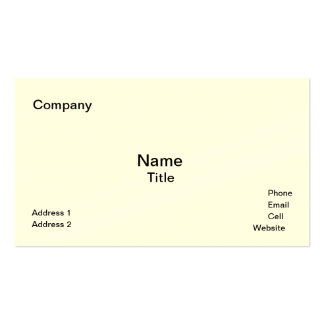More than half of all microbusinesses routinely face cash flow struggles, according to a study from the Corporation for Enterprise Development (CFED). Some of the problem is because of lack of financial savvy; some is the result of inaction. If you routinely face cash flow challenges, you gain control over the situation with these 3 actions.
1. Create a savings fund
Unfortunately, 55% of microbusinesses (5 or fewer employees) don’t have enough savings to pay for even one month of expenses. So building up savings is key to being able to stay ahead of cash flow demands.Of course, creating a sa vings fund is easier said than done for many microbusiness owners. Here are some no-brainers to help:
- Put any tax refund into the savings fund. The refund is essentially found money. Do the same with any other found money, such as rebates on purchases and bonuses or extra payments from customers.
- Reduce expenses and add the savings to the fund. Eliminate a monthly bill and then pay that same amount into the fund.
- Add savings to the business’ budget. Just like individuals are advised by financial experts to build savings into a family budget, business owners should also regularly set aside funds for savings and not spend the money on other items.
2. Get a line of credit
Borrowing isn’t always a great strategy, but having a line of credit in place is an excellent cushion for cash flow challenges. You pay interest only on the funds drawn on the line.Qualifying for a line of credit depends on your company’s overall financial situation. You’ll have to provide financial data and tax returns for at least the last two years. And in most cases, you’ll have to provide your personal financial information and give your personal guarantee for the line of credit.
3. Increase revenue
Many small businesses, especially consultants, undercharge for goods and services. Review your current pricing strategies and make revisions if warranted. Check:- What competitors are charging (this information often can be found online)
- Whether your current prices reflect your increased costs (e.g., higher gasoline prices)








No comments:
Post a Comment